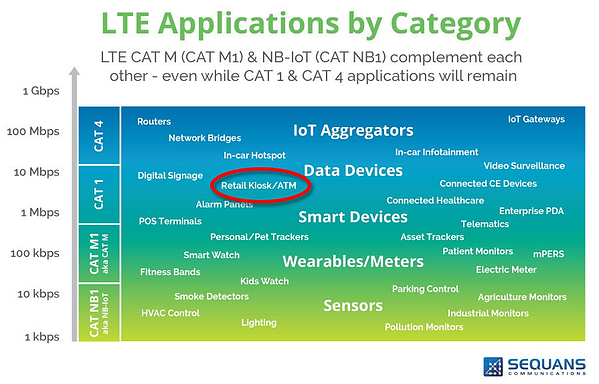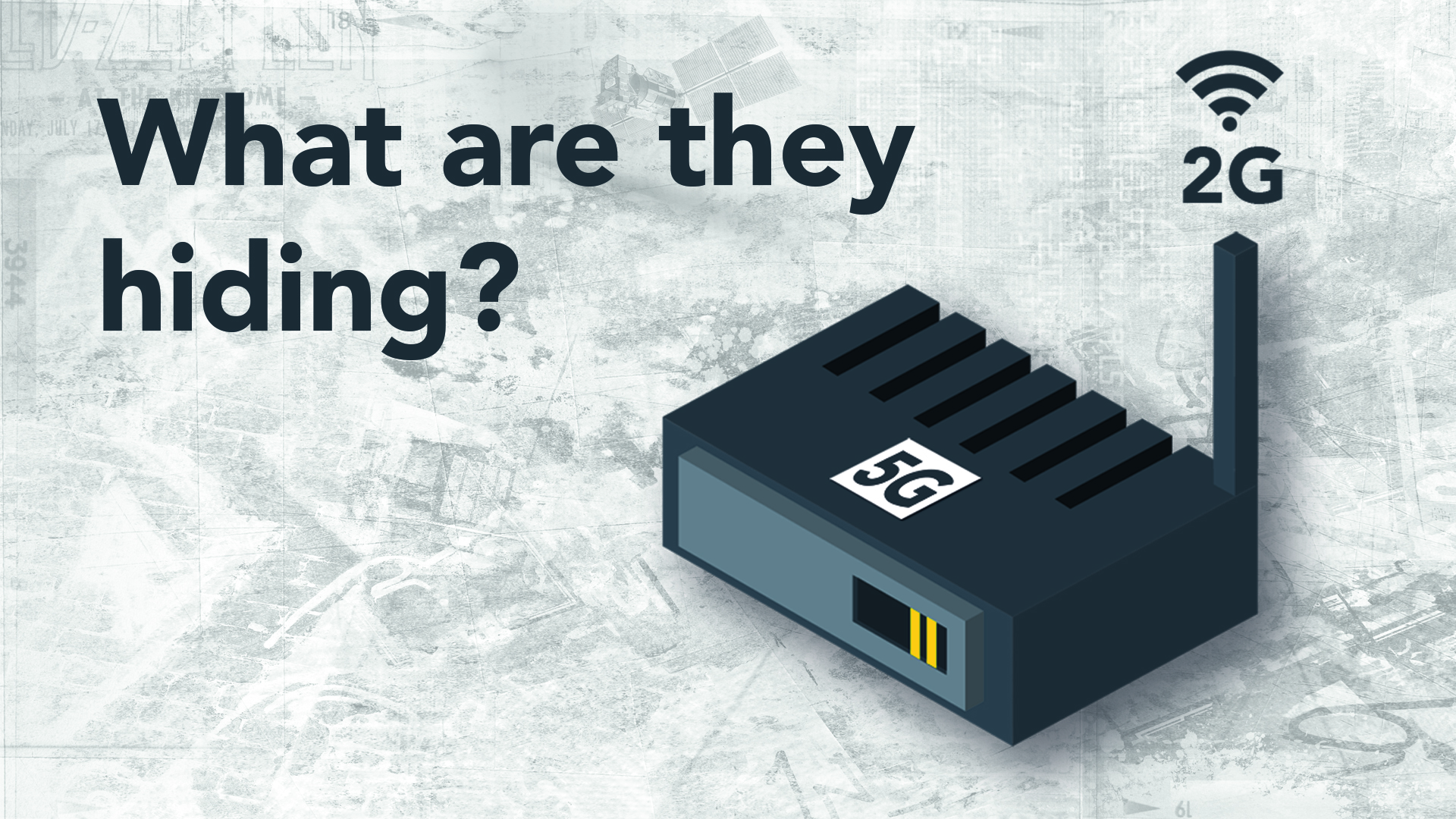Don’t get fooled by “5G” stickers on some modems that have been hitting the market. ISOs and IADs interested in future proofing their ATMs hear “5G” and assume it is the latest and greatest technology. The unfortunate truth is that these "5G" modems are hiding a big secret: under the hood, they operate at 2G speeds over the existing 4G LTE network.
Simply put, these "5G" modems;
- Will not last longer than 4G LTE modems
- Are much slower than 4G LTE modems
- Have less nationwide coverage than 4G LTE modems
Three strikes, you’re out “5G” modems!
G = Generation, Not Technology
The “G” stands for Generation. So 2G is 2nd Generation, 3G is 3rd Generation, etc. The important thing for deployers to understand is that the “G” is loosely tied to groupings of technical specifications for how cellular networks work today, and how they will work in the future. In the past, it was safe to say that 4G was faster and newer than 3G, and 3G was faster and newer than 2G.
5G is Different. Not all 5G is Faster Than 4
The 5G specifications are the bread on the 4G sandwich. On the top end 5G specifies a new ultra fast cellular network technology called New Radio (NR). On the low end 5G includes specifications that augment the existing LTE CAT-1 network for Low Power Wide Area Network (LPWAN) applications. This is called LTE CAT-M1.
So now you know, their “5G” is LTE CAT-M1 and is like LTE CAT-1 in a deep coma.
CAT-M1 is the Cheapest Option, Not the Best Option
DPL built its own prototype using a CAT-M1 module, did extensive testing, and concluded that CAT-M1 simply wasn’t the right technology for ATM deployers. DPL also talked to the experts. They all agreed, CAT-M1 is not the best technology for ATMs. It is the cheapest option. Watch video...

Myths vs Facts
Myth #1: 5G = Faster
Fact: Their “5G” is LTE CAT-M1 and is like LTE CAT-1 in a deep coma (15x slower!!).
Myth #2: 5G = Future Proofed
Fact: Their “5G” is LTE CAT-M1 which uses the LTE CAT-1 network. Therefore their “5G” will only be around for as long as 4G LTE. Why take the speed and latency hit?
Myth #3: Better Building Penetration
Fact: One of the hypothetical benefits of CAT-M1 is better building penetration. But, the way this is achieved (through repeat transmissions) is completely inappropriate for the realtime nature of ATM transactions. When someone walks up to an ATM, it needs to communicate now, not in 2 minutes from now. DPL put this claim to the test by putting its LTE CAT-M1 prototype head to head against CAT-1 in various extremely challenging locations. We found in real-world scenarios, building penetration was no better with CAT-M1 versus CAT-1. It was just slower. In those real-world tests we found antenna quality and placement were much more important than the cellular technology used.
Myth #4: Better Coverage
Fact: Their "5G" is LTE CAT-M1, which uses the LTE CAT-1 network and requires additional software on the radio towers. So, the coverage can't be better than LTE CAT-1, it can only be worse. DPL put our CAT-M1 prototype to the test in various environments and found coverage for traditional 4G LTE CAT-1 to be the same or better than CAT-M1.
Myth #5: Better For Large Events
Fact: The cellular carriers are unequivocal, prioritization of traffic does not happen anywhere in North America, except for emergency responders on AT&T’s FirstNet. As already mentioned their “5G” runs on the existing 4G LTE network, and is therefore susceptible to the same issues of congestion at large events as any other cellular device.
Recap
The most important thing you should take away from this article is that the “5G” modems being marketed to ATM deployers are not recommended for use in ATMs by the experts. They are the cheapest option, not the best option. The main problems with these modems for ATMs is they communicate using 2G speeds, experience more latency, and have poorer nationwide cellular coverage than other widely available 4G modems.



